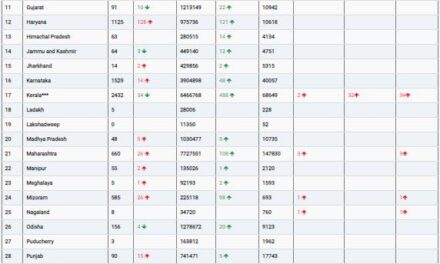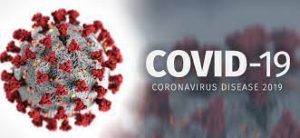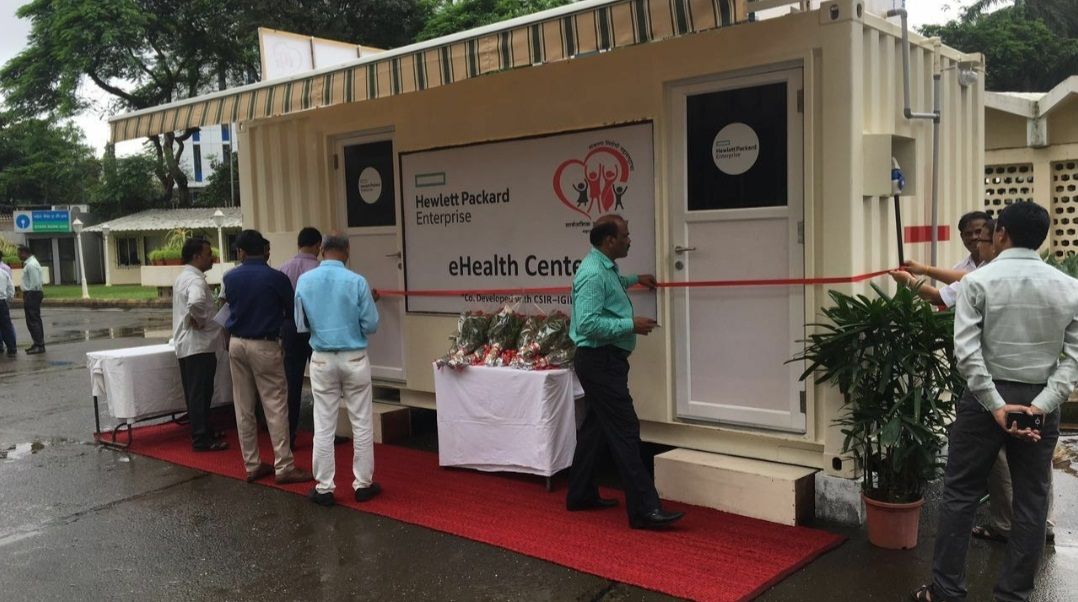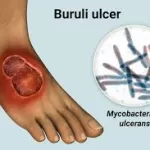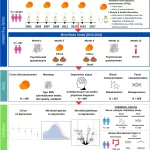A new study from Umeå University reveals that medical doctors working in infectious disease clinics faced a significantly higher risk of contracting the SARS-CoV-2 virus compared to their colleagues with minimal patient contact. According to the study, published in the Scandinavian Journal of Public Health, one in five infectious disease doctors were infected during the first and second waves of the COVID-19 pandemic in 2020.
“The results highlight the importance of effective protective procedures and vaccination programs for healthcare personnel during future pandemics. Our findings indicate that occupational exposure is an important risk factor for infection,” said Dr. Anne-Marie Fors Connolly, medical doctor and associate professor at Umeå University, who served as the study’s senior author.
The national study examined the risk of SARS-CoV-2 infection among doctors from different medical specialties. Researchers found that infectious disease specialists had the highest risk of infection in 2020, particularly during the early waves of the pandemic. Following them, doctors in geriatric and emergency medicine also experienced elevated infection rates compared to those with minimal patient exposure.
Among infectious disease doctors, 20.2% tested positive for SARS-CoV-2 in 2020. In contrast, only 8.7% of doctors with limited patient interaction contracted the virus. The findings underscore the need for enhanced protective measures for frontline healthcare workers during pandemics.
Vaccination played a crucial role in reducing the risk of infection. The study emphasizes the importance of prioritizing high-risk healthcare workers in vaccination programs to ensure their safety and minimize virus transmission within medical facilities.
“Our results provide valuable insights into improving future pandemic management and protective strategies for healthcare professionals,” Dr. Fors Connolly added.
The research analyzed data from more than 35,000 publicly employed doctors in Sweden between February 2020 and March 2022, assessing the relationship between clinical specialty and SARS-CoV-2 infection risk.
Disclaimer
This article is based on findings from a study conducted at Umeå University and published in the Scandinavian Journal of Public Health. The information provided is for informational purposes only and should not be considered medical or professional advice. Readers are encouraged to consult healthcare professionals for guidance on COVID-19 and protective measures.



